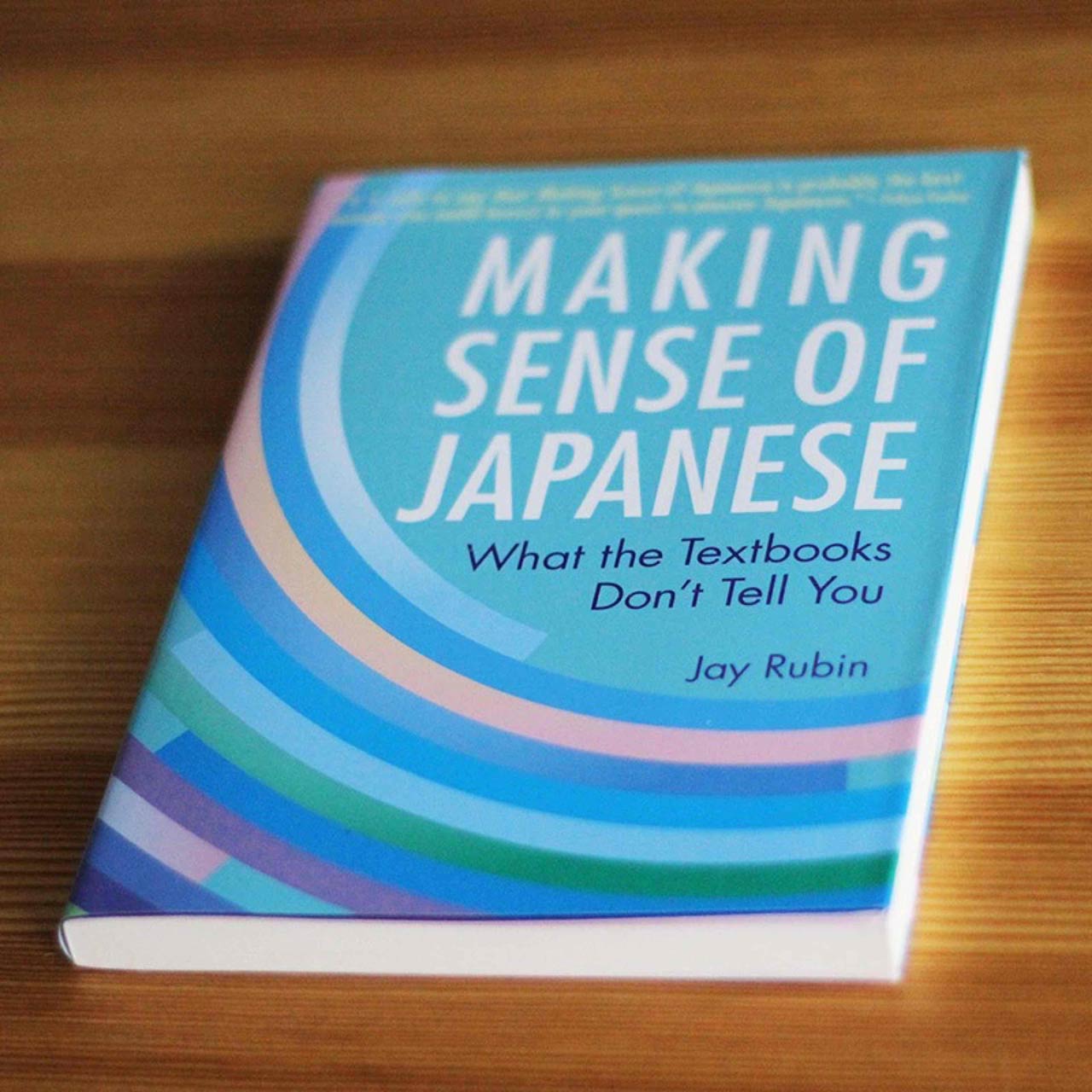This resource has been featured in:

Making Sense of Japanese is a small book that discusses various "headaches" Japanese learners often experience while learning the language. Written by a former Harvard professor of Japanese and renowned translator Jay Rubin, this book really does a great job of breaking down traditionally difficult parts of the Japanese language. Some examples include:
- The real difference between は and が
- Understanding ほど and くらい in positive sentences
- Conceptualizing giving and receiving verbs
The book, unfortunately uses romaji throughout, but its primary goal is not to teach Japanese, per se. Instead, the book focuses on common problem-areas, explaining them in a way that just makes sense. As stated in the full article here, every student of Japanese should read through this book at least once in their studies.